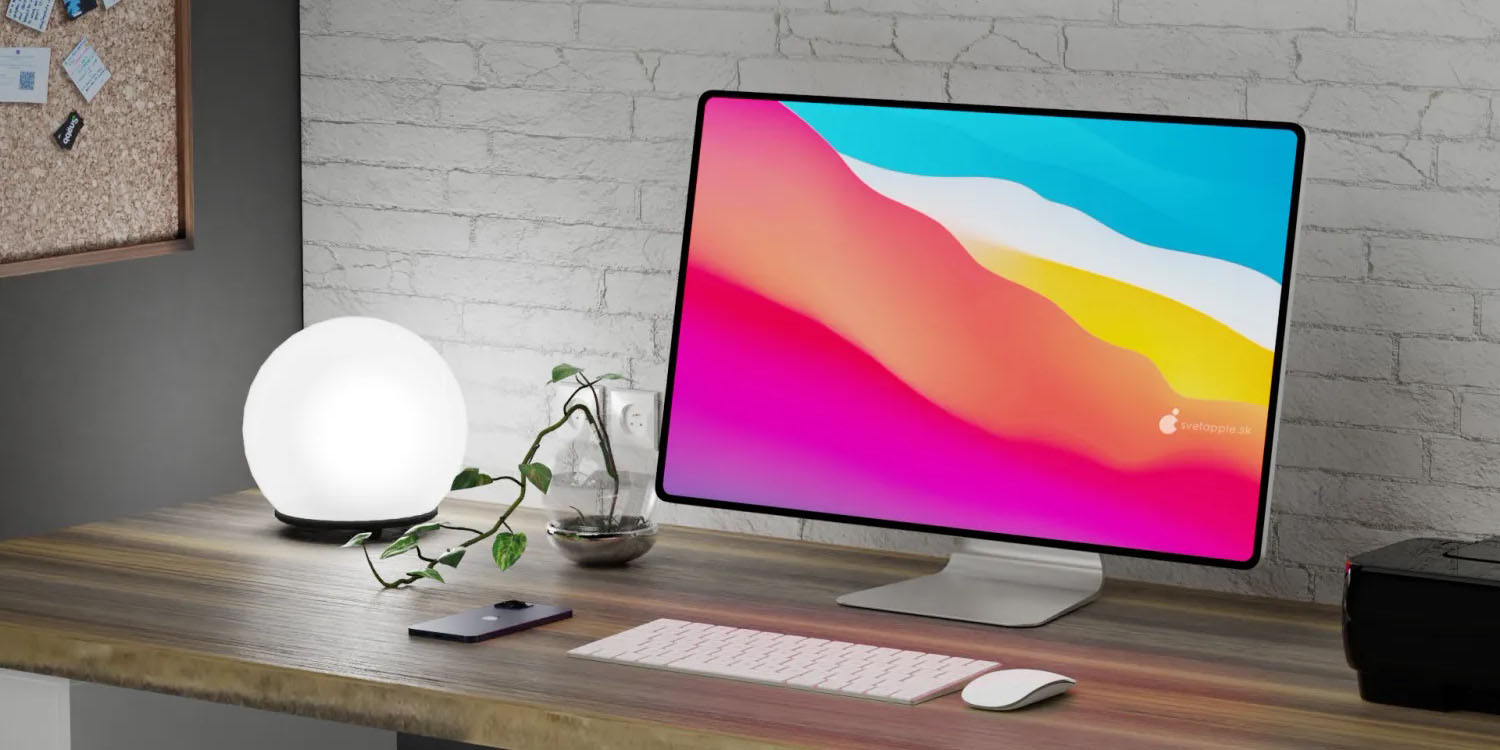
These include four USB 3.0 Type-A ports, two oval-shaped USB Type-C ports with Thunderbolt 3 support, an Ethernet jack, a full-size SD card slot, a headphone jack, and the port for the power adapter. That’s a good thing, because all of its ports are mounted at the rear, along the right edge. If you’d rather bring your own mount, you can opt for an iMac with a VESA mounting bracket preinstalled instead of the standard stand.ĭespite the limited stand adjustments, the iMac is exceptionally easy to swivel with one hand on your desk. That AIO is far more flexible, with a stand that even allows you to lay it flat on your desk. That makes it less flexible than the stand on one of the iMac’s chief competitors, the Microsoft Surface Studio 2. The stand adds significant depth to the otherwise svelte chassis, and while it lets you tilt the iMac forward and back, it doesn’t feature height adjustment.

It’s big, to be sure, but it almost certainly won’t look bulky, even on smaller desks. Stand included, the 27-inch iMac measures 20.3 by 25.6 by 8 inches (HWD) and weighs 19.7 pounds. On the 21.5-inch iMac, the black borders seem oversized and outdated in a world of ever-slimming laptop bezels, but here they look anything but stodgy. The big screen carries them, and vice versa. You might think of it as a modern classic, with thick, prominent black borders-bezels-surrounding the gorgeous Retina Display and silver aluminum encasing the rest of the minimalist enclosure. The 27-inch iMac looks mostly the same as it has since 2015. This year, the improvements are more significant, though they don’t represent a complete redesign of the form factor. The company has bestowed few major changes on the iMac in the past few years, mostly just improving processing power as Intel and AMD release new silicon. While there is healthy competition from Windows alternatives to the smaller 21.5-inch iMac, which remains on the market, too, the larger flagship 27-inch Apple AIO has occupied a relatively empty space at the top of the market for quite some time. But with so few competitors in this category of desktop, the iMac stands out as the obvious choice for someone willing to pay for a lot of computing power and other unique features in a sleek all-in-one package. While it starts at a reasonable $1,799, the 27-inch iMac can get pricey once configured with sensible extras, like the $4,499 version reviewed here.

Improvements include the option for a 10-core Intel Core i9 processor, updated AMD Radeon Pro graphics, and a vastly better 1080p camera just in time for the videoconferencing era. With significant changes going on beneath its familiar exterior, the revamped-for-2020 27-inch version of the Apple iMac bolsters its claim to being the best large-screen all-in-one (AIO) computer you can buy.


 0 kommentar(er)
0 kommentar(er)
